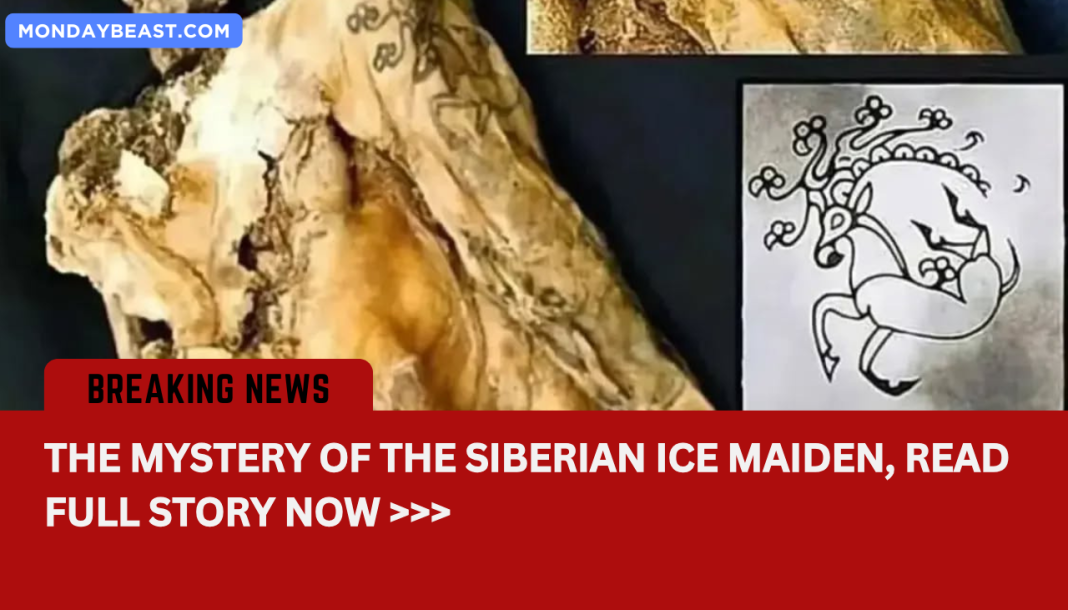In 1993, a monumental discovery was made in the Altai Mountains of Siberia. Russian archaeologist Natalya Polosmak stumbled upon a tomb that held secrets of a bygone era. The tomb was buried deep within the icy Ukok Plateau, an area steeped in both history and mystery. What could this find reveal about a world that once thrived in this rugged landscape?

Upon uncovering this ancient burial site, the team was met with astonishing sights. Vibrant remnants of a culture long gone emerged from the ice. Among these relics were six horses, fully harnessed, sacrificed to honor a prominent figure. What did this say about their customs? What was the significance of such a burial? These questions linger as we delve deeper into this archaeological treasure trove.
The body within the ornate coffin was that of a young woman, preserved against the relentless passage of time. Known as the ‘Siberian Ice Maiden,’ she captivated scientists and local communities alike. What’s remarkable is the extent of her preservation. The tattoos that adorned her skin, intricate animal motifs, remained visible even after centuries. But why would a young woman be buried with such grandeur?

Transported to Novosibirsk for further study, her remains elicited strong reactions. The Altai people, who hold a deep connection to their ancestral roots, viewed her as the ‘Princess of Ukok Plateau.’ She was believed to be a guardian spirit, a protector against malevolent forces. How does one ensure respect for ancestral beliefs while tasting the fruits of scientific inquiry?
Each aspect of her burial spoke volumes about her status and the Pazyryk culture. The large coffin, crafted from solid larch wood, suggested wealth and reverence. She was not merely some ancient wanderer; she served a significant role within her community. Did she lead her people, or perhaps act as a high priestess? The possibilities stretch like the snow-covered peaks surrounding her final resting place.

Corroborating her life further, archaeologists found a wool skirt of red and white, along with white felt stockings. Stunning craftsmanship evoked admiration and wonder. How did such artistry exist in her time? This blend of beauty and utility invites contemplation on the daily lives of the Pazyryk people. What did their day-to-day life look like?
As we ponder the life of the Ice Maiden, questions of preservation come to the forefront. How could such delicate details endure harsh conditions? The secret lies in the unique microclimate of the Altai region. Ice acted not merely as a temporary cover but as a vault, gently preserving the story of a young woman who lived hundreds of years ago.
But is the conversation around preservation strictly scientific? Not at all. The Ice Maiden’s story transcends mere analysis; it binds communities, evokes grief, and sparks debate. The tension between scientific exploration and cultural reverence highlights the complex layers of humanity and history. How do we learn from the past without disturbing the reverent ground it rests on?
The Ice Maiden offers more than just a look into an ancient civilization. She evokes narratives of identity, culture, and respect for those who came before us. As we reflect on her story, we are reminded that our past continues to shape our present and future. What can we learn from her tale? Perhaps that every discovery is not just about uncovering bones and artifacts; it’s about weaving together the threads of humanity that we share across time.




